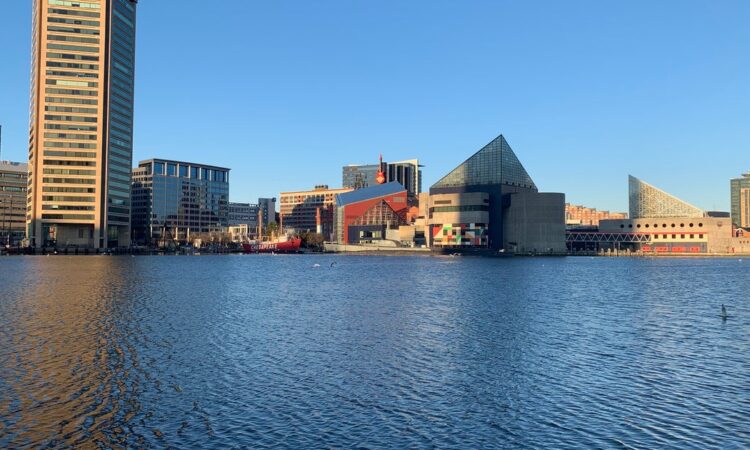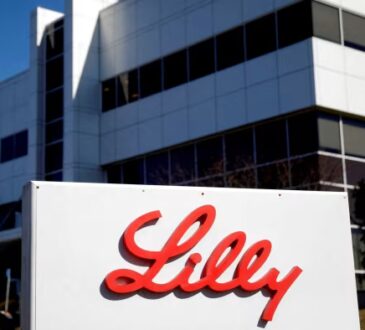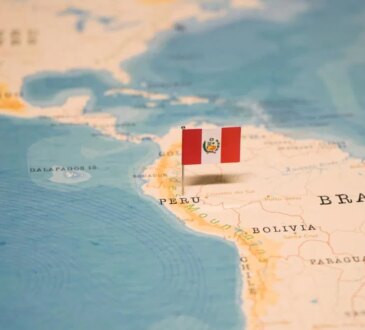Master plan for Baltimore’s downtown includes transit, housing, and local arts investments

Baltimore Mayor Brandon Scott on Thursday released a comprehensive long-term plan for revitalizing downtown Baltimore.
The Downtown RISE Master Plan builds on previous planning efforts launched last year and provides a framework to make downtown more livable, pedestrian-friendly and vibrant, according to the mayor’s office.
The plan was developed in collaboration with Governor Wes Moore’s administration, the Downtown Partnership of Baltimore and downtown stakeholders, the city said.
The master plan is being released for public engagement and will serve as a living document that guides downtown’s transformation. The city says the plan will be updated regularly as progress is made and as opportunities for collaboration and funding evolve.
What is Downtown RISE?
Downtown RISE was initially announced in November 2023 as a three-phase project.
The first project phase involved outlining immediate actions to improve downtown’s vibrancy.
In April 2024, the first full Downtown RISE Strategic Action Plan was released, which focused on several areas including public safety, cleanliness, community and economic development, infrastructure, arts, culture, entertainment, and placemaking.
Following that release, the mayor’s office said it engaged hundreds of residents, business owners and nonprofit leaders through surveys, town halls and briefings over six months.
The master plan represents the third and final phase, focusing on a 10-year strategic vision for downtown, according to the city.
“Baltimore is a city of neighborhoods — which means our rise is only complete when both uptown and downtown are thriving,” Scott said in a statement. “This plan invests in the heart of our city, where residents gather, dine, work and play.”
He said the plan invests in the heart of the city where many residents gather, dine, work and play.
What’s new in the master plan?
The 10-year Downtown RISE Master Plan lays out several major projects aimed at reshaping Baltimore’s city center, moving toward long-term redevelopment and infrastructure upgrades.
Key additions include plans to upgrade the Baltimore Convention Center, restore the Red Line transit project, and redesign the downtown street grid to make it safer and easier to navigate on foot, bike, or public transit.
The plan also calls for new sidewalks, lighting, trees and public gathering spaces around Harborplace, Eutaw Street and Pratt Street to make downtown more walkable and inviting.
The plan builds on a concept the city calls Project Livable, which aims to better connect neighborhoods from the Stadium District to Harbor East through safer crosswalks, bike and scooter lanes, and small parks or plazas.
Alongside those major construction projects, the plan’s new Tactics Table outlines dozens of smaller efforts organized under four main goals:
-
Economic development, including incentives for converting old office buildings into housing, filling empty storefronts, and streamlining permits for small businesses.
-
Infrastructure development, such as modernizing traffic signals, updating parking systems, and redesigning streets for pedestrians and cyclists.
-
Arts, culture and entertainment, with new public art, shared passes for museums and theaters, and more outdoor events.
-
Public safety and cleanliness, through additional cleaning crews, brighter street lighting, and a real-time tracking system to quickly respond to maintenance or safety issues.
The city says the plan’s full implementation is expected to continue through 2035, with the first major construction phases beginning in 2026 and 2027.




